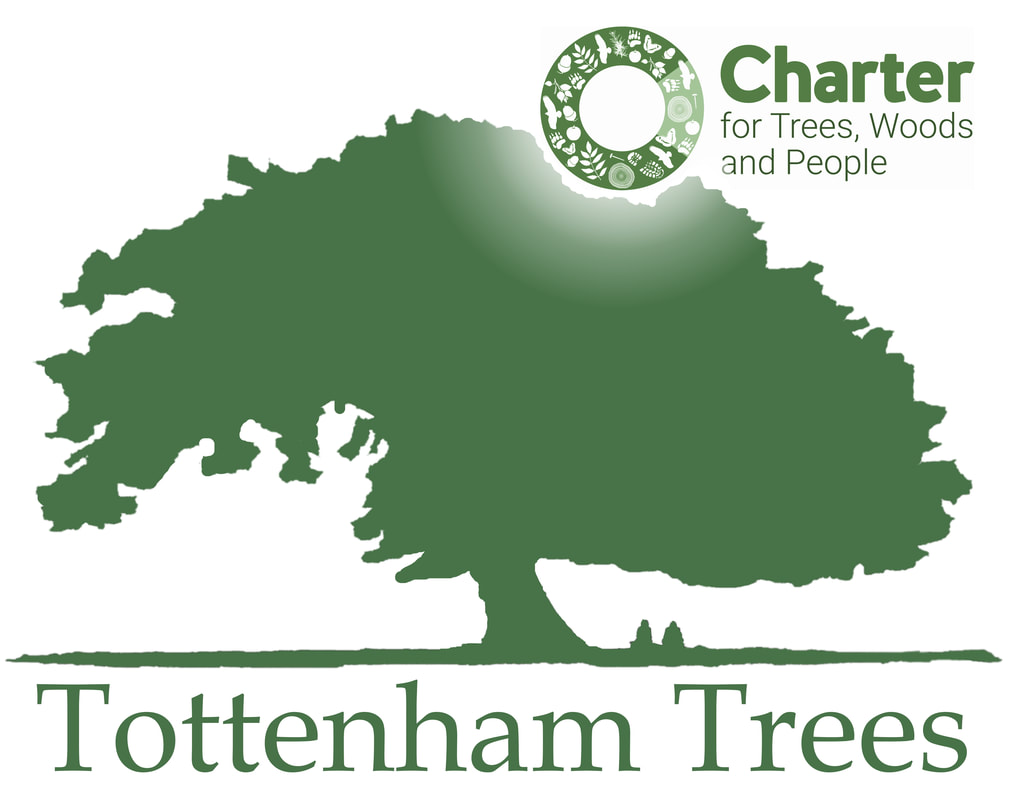|
Collection
Pick ripe seeds directly from the tree or gather from the ground. Use a paper or hessian bag to take your seeds home. Put seeds from different species in separate bags and label them. Preparation Fleshy fruits - Mix the berries with water and then gently mash them with a potato masher. Viable seed will sink to the bottom and the residue of the fleshy fruit can be discarded. For rowan or mulberry, put the berries in a sieve and gently squeeze with your fingers under running water to release the seeds. Cones - leave cones in a paper bag to dry out naturally for a few days but not by a radiator or fire or in direct sunlight. The cones will open up and release the seeds. Nuts - separate acorns and chestnuts from their outer casings and drop them into a bowl of water. Discard the ones that float and collect the ones that sink. Winged seeds - these can be planted with the wings left on, just separate the seeds from each other and from their twigs. Pre-treatment Tree seeds have a better chance of germinating if they have been exposed to the cold of at least one winter. This is because the seed is programmed to germinate in the spring when temperatures rise. Tree growers simulate a cold winter through a process known as stratification. A simple way to stratify seeds is to soak in cold water for 24 hours and then put them in a plastic bag (clearly labelled) in the fridge for a couple of months. A longer method is to mix an equal volume of seeds into a stratification mixture containing one part compost and one part course-particle material such as bark chips, perlite or sharp sand. (Or just use compost.) The mixture should be placed in a pot or bucket with holes in the bottom for drainage and should be moist but not saturated. Cover your containers with mesh or netting to protect your seeds from birds and rodents. Leave over the winter in a cool place such as against a north facing wall. In the spring, tip out the mixture and remove any seeds that are showing small roots or shoots. Put back any seeds that have not germinated back in the mixture as they may need another winter but discard any that have rotted. Check the seeds regularly during the spring. You can find more detailed information on growing trees - Grow your own trees with The Conservation Volunteers Sowing Once stratified, sow your seeds in a suitable container such as a milk or juice carton or large yoghurt pot. Pierce holes in the bottom of the containers for drainage. Small seeds like birch and alder should be sown on the surface of the compost or soil and covered in a thin layer of sharp sand. Sow a pinch of seeds per container. Larger seeds such as acorns should be sown singly and covered to one and a half times their length in soil or compost. Place the containers in a shady, sheltered spot to protect the seedlings from the elements. When the seeds have germinated, thin them out leaving one seedling per pot. Water the seedlings regularly and give them some liquid plant feed during periods of active growth. Weed occasionally but make sure you don't pull up the seedlings by mistake. After a few months the baby tree may outgrow its container so transfer it to a larger one. |
|
Next steps
If you have any questions about growing your tree seedlings, click here to send an email to Charlotte. Keep us updated on your progress by emailing photos of your seedlings to Charlotte or TottenhamTrees Or tweet them to @TottenhamTrees, @CharlotteRixon and/or @TheTreeCouncil Using the hashtags #SeedGatheringSeason or #ChangingViews or #TreeCharter You can also share your photos and updates on The Tree Council's Facebook page: https://www.facebook.com/treecounciluk Your baby trees will not be ready for planting in their final growing positions until the next tree planting season: November to March. If you have space to plant your tree(s) in your garden then great, but if not, the plan is to donate them to local schools or community groups, possibly at an event some time in the summer. Keep an eye on the Tottenham Trees website for details: www.tottenhamtrees.org |



